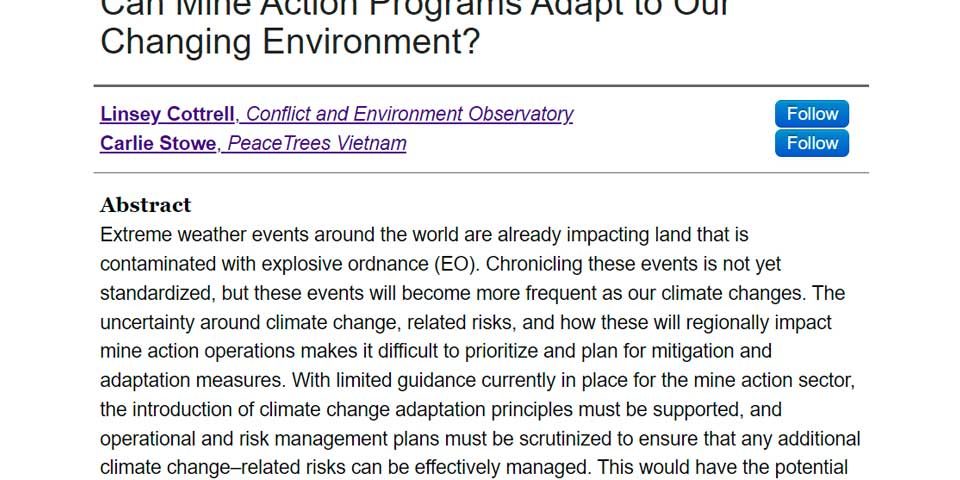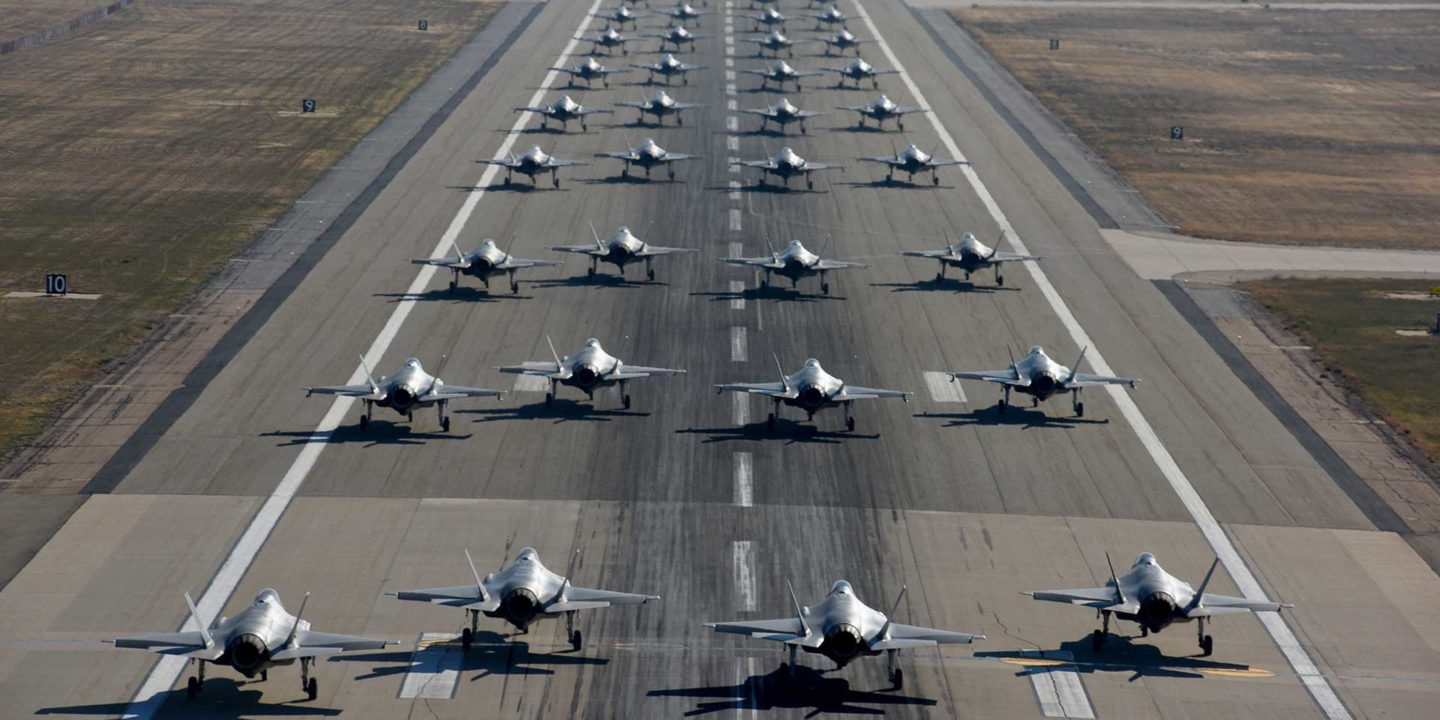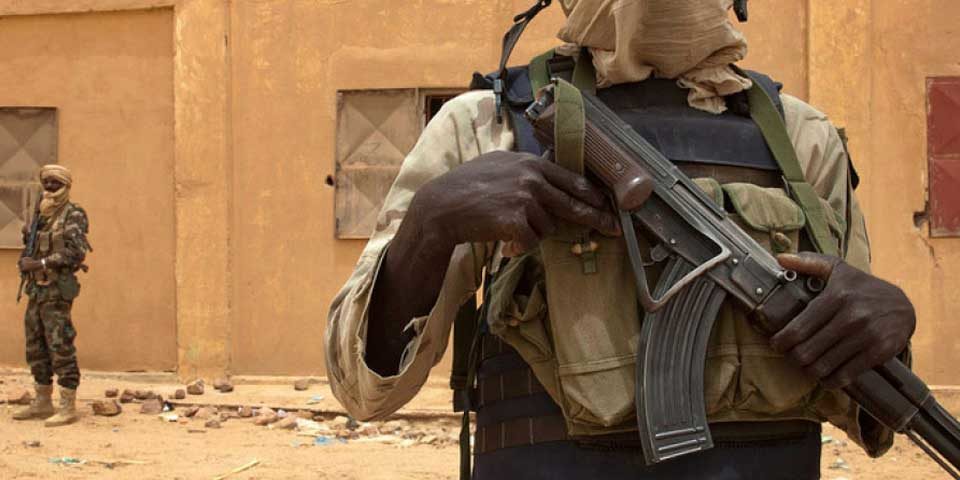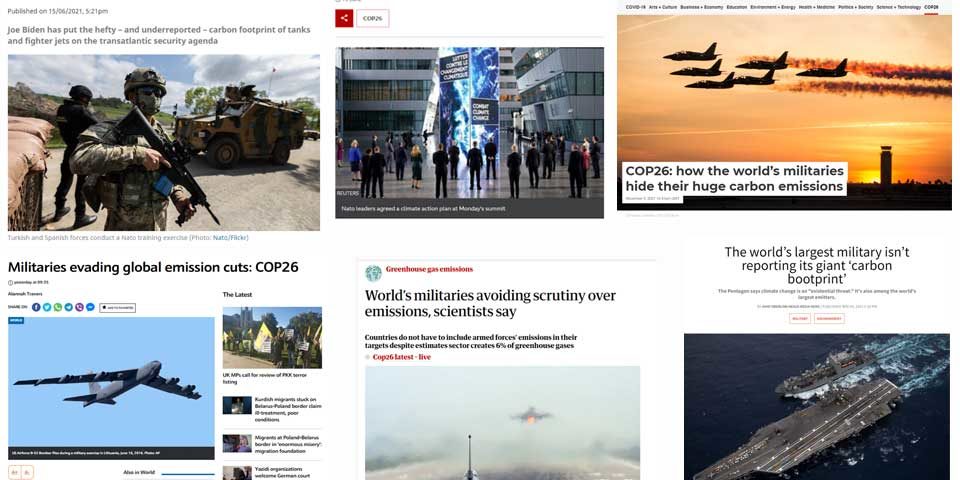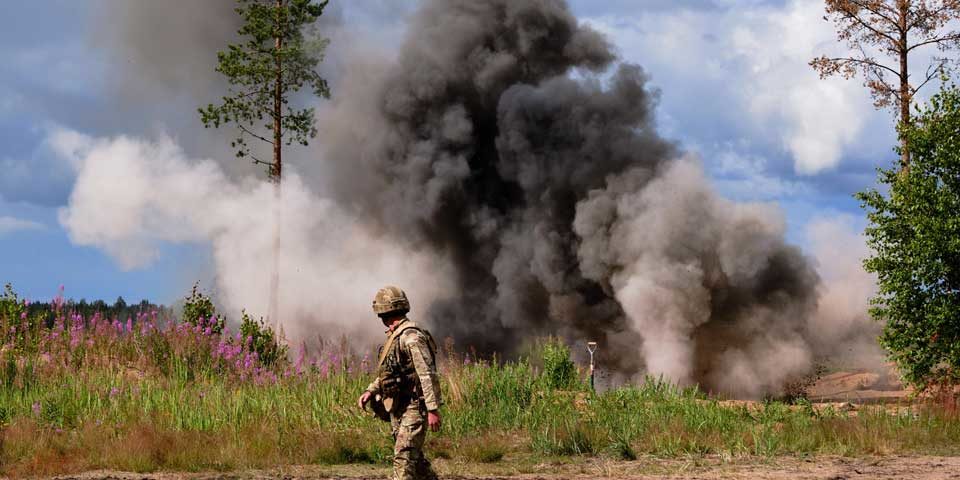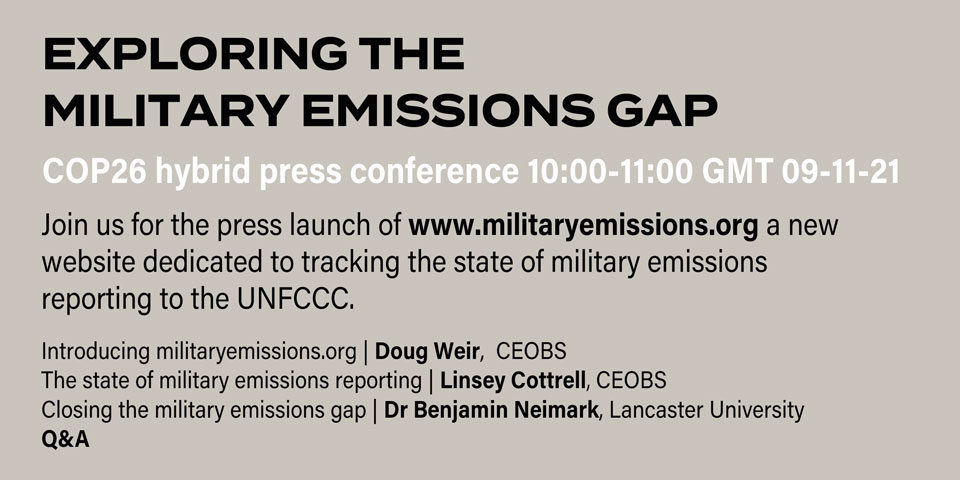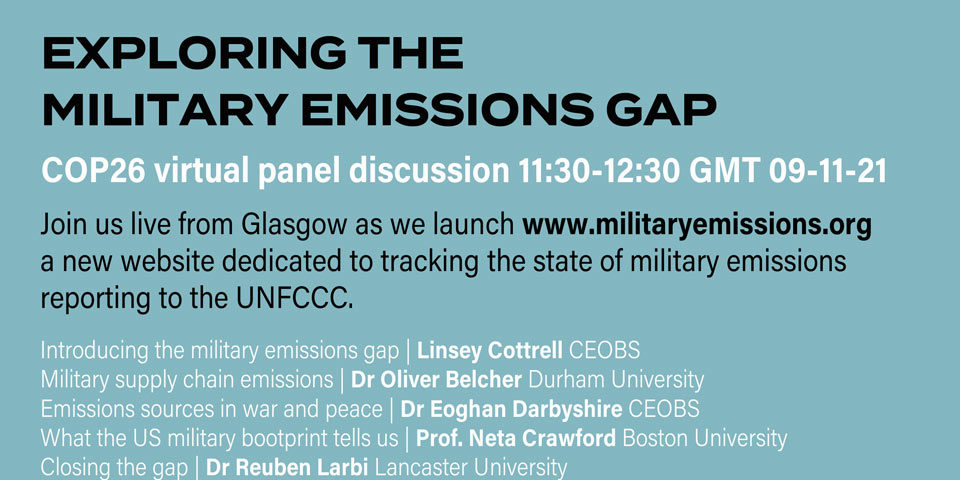Why militaries shouldn’t be exempt from EU battery laws
The electrification of military vehicles will increase demand for batteries, yet forthcoming EU battery legislation contains a blanket military exemption. Piotr Barczak and Linsey Cottrell explain why the exemption challenges military greening claims.


